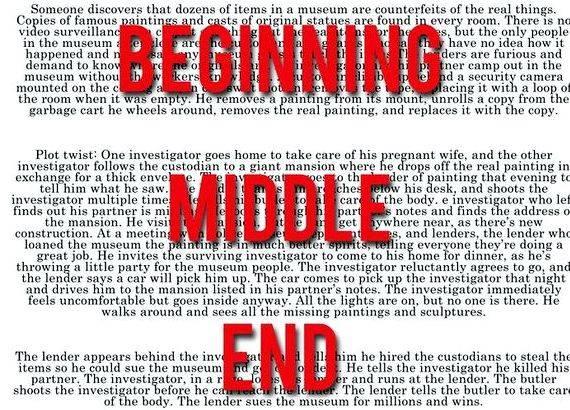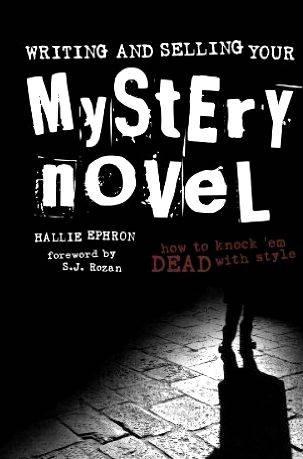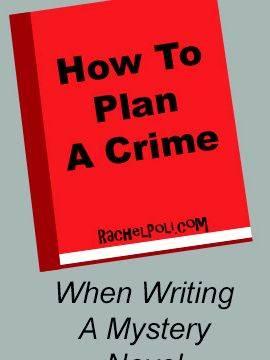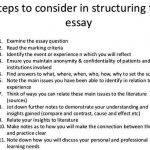There are a lot of elements to writing a mystery. These tips should help you brainstorm! You’ll see I’ve included all the steps you’ll need to create a story full of surprise and suspense. Read through them, and start making notes for your mystery.
Every story begins with an idea. Keep your eyes, ears, and mind open to ideas. Ask yourself what if? Try looking for ideas as you read the newspaper. Did burglars hit three houses on one street in the middle of the day? How did they know no one would be home? What were the burglars looking for? What if you decided to be a detective and solved the crime? Use the newspaper story as a springboard and jump into your own idea.
Your main character is the most important part of your story. The main character will determine in which direction the plot will grow. Is your main character a new girl at school who covers up her insecurity by bragging a lot? How will her personality affect the way the story is solved? Step inside your character’s mind. Then ask yourself, “Now what will I do?”
Choose minor characters who will be in your story. Does your main character have a best friend who will help her sort out the clues? Best friends are good to include, because the main character needs someone to talk to. Are there people who don’t want the main character to solve the mystery? Who are they?
The plot of any story is this: The main character has a problem, and must solve it by him or herself. In a mystery story, the problem has to do with the solution of the mystery. What is the mystery idea you’ve chosen? Is it a crime? Is it something scary? What should the main character discover? And what � or who � is going to get in the way, so the solution to the mystery won’t be too easy?
Make a list of clues that you can use in your story. One should be the crucial clue. This crucial clue is one piece of important information that helps the main character finally solve the mystery. The crucial clue might be something that points directly to the perpetrator of the crime. For example, maybe one character � Sam � says that he received a strange telephone call at eight o’clock. Later in the story, the main character receives information about where all the suspects were at eight o’clock, remembers what Sam had said about receiving a call at that time, and knows that it couldn’t possibly have happened. Your detective then realizes that Sam is the perpetrator.
Think about “red herrings.” Red herrings are bits of information that are designed to mislead readers by making them suspect the wrong characters. Red herrings are fun to include because they make mysteries harder to solve. Maybe you want readers to suspect the main character’s little brother, who has a real fondness for peanut butter and grape jelly sandwiches. Suppose your main character finds smeared jelly fingerprints in a suspicious place. Readers will immediately think of the little brother’s sandwiches � especially if your main character is disturbed by the jelly stains � and they won’t notice if you slip in a real clue.
Suspense is an important ingredient in a mystery story. Footsteps coming up the stairs in the dark, a doorknob silently turning, a suspect arriving when he’s not expected, an unanswered question about one of the characters � there are many ways to make your stories suspenseful. Allow your characters to be scared. Your readers will identify with him or her, and they’ll be scared, too.
The setting should fit the mood of the story. Think about where you want your story to take place. Should it be at night? On a foggy morning? During a thunderstorm? Maybe the day is sunny and bright, but the character has to explore the dark passages of a deserted building. What was that noise? Rats? Footsteps? Describe the dark passages. Let readers see the building. Write so vividly that readers feel they are there with your character.
Look for the best place in which to begin your story. Mystery stories should begin with action, with suspense, with something interesting or exciting happening. Readers should meet the main characters and be introduced to the mystery right at the beginning.
Know how your story will end before you begin to write it. It’s easy to begin writing and surprise yourself on every page, then discover that in the middle of your story you’ve written yourself into a box. Think over various solutions to your character’s problem, remembering that she has to solve the mystery herself. She’s in charge. It’s her story.
As you think over ideas, you’re going to discard some of them because you’ll see they won’t work. When the right solution comes along, you’ll know it, and you’ll be able to begin your story. It’s all right for the middle of your story to remain flexible. You might think of something funny or exciting or interesting for your main character to do that you hadn’t expected when you began writing. It’s the ending that must stay in place. You won’t lose your story and have to begin again with another idea if you know where your main character is going.







 My thumb is numb after writing activities
My thumb is numb after writing activities Giving your opinion words in persuasive writing
Giving your opinion words in persuasive writing Paragraph writing on my idea of happiness
Paragraph writing on my idea of happiness My teachers secret life writing ideas
My teachers secret life writing ideas Writing my own declaration of independence
Writing my own declaration of independence






